Package 3 - Grouping strategies 2 – Grouping new and useful known vocabulary
In the previous package we discovered that it is easier to recall words if they are grouped together according to some meaningful criteria.
Activity 1
In this activity, you will be given the opportunity to practice grouping words together. Look at the words in the box below. If there are any words that you don’t know, check the definition using
http://www.dictionary.com
or
http://www.thesaurus.com
Then drag and drop them into the table under the headings provided. Be careful because some of the words might belong to more than one category and others do not belong to any category.
Grouping strategies
There are a variety of ways in which we can group words together. If we take Activity 1 one step further, we can see how vocabulary can be grouped and recorded in different ways.
Activity 2
Read through the list of recording strategies and and note the different methods presented. This will prepare you for the activities in Package 4.
Mind maps – this is an effective method for recording new vocabulary as it is visual. However, some people prefer to use columns with headings and sub-headings or tables.
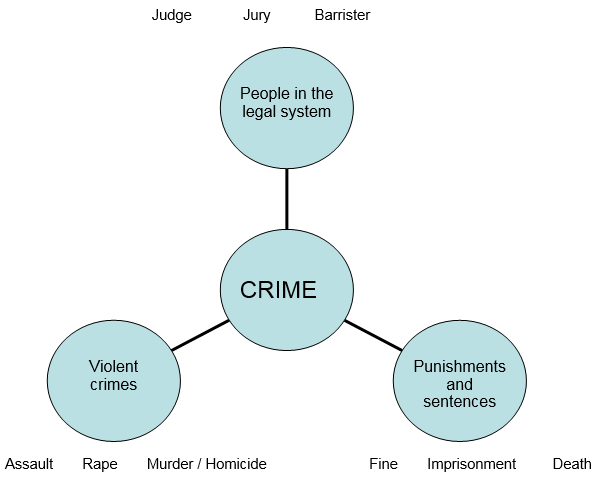
Definitions and Translations – this is an obvious and common method for recording new words and expressions but, be careful as there are frequently words in English that do not have an exact match in a foreign language and vice versa.
Example sentences – this is, again, a very common method for showing an item of vocabulary in context.
Synonyms / Antonyms / Similar meaning – these can easily be recorded in a structured table or a more flexible diagrammatic form.
| Word | Synonym | Similar or Related Word | Antonym | Similar or Related Word |
| rich | wealthy | well-off | poor | badly-off |
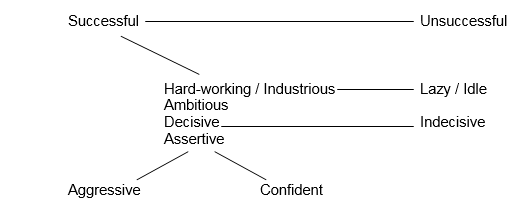
Clines – this is another visual recording strategy whereby words are placed on a scale.
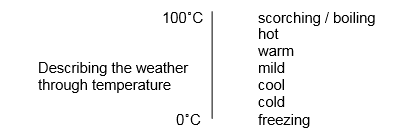
Word families – recording words as families is another effective method. This can also be combined with example sentences to show how the words can be used in context. You can also label the wrds with their part of speech.
ad (abbreviated noun)
advert (short form noun)
advertisement (noun)
advertise (verb)
advertising agent (adj / compound noun)
Pronunciation and Word stress – when recording new words and word families, it is often useful to annotate the word stress to help with pronunciation.
X x
advert
x X x x
advertisement
Prefixes / Suffixes – words can also be recorded according to prefixes and suffixes.
Prefix ‘re’ meaning ‘again’ or ‘once more’ Suffix ‘cide’ meaning ‘kill’ or ‘to cause death’
retreat homicide
review suicide
return genocide
revise
Collocation tables - one of the most difficult areas to master in English is collocations. This is defined as a sequence or pattern of words or terms which are frequently used together. For example, we usually say that we are ‘under pressure’ as opposed to beneath or below pressure. This is a collocation. Collocations can be recorded using tables which identify which patterns work and which do not.
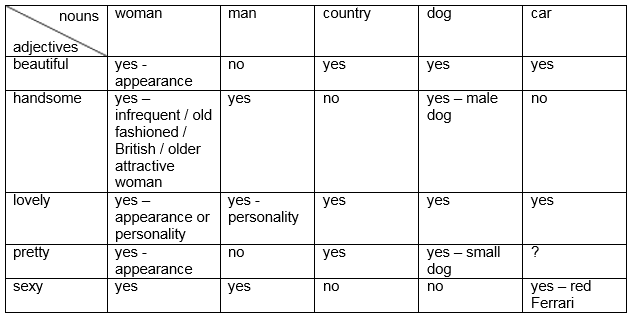
Phrasal verbs & Prepositional combinations – as students often have problems with prepositions, tables can also be used to clarify prepositional combinations.

Pictures – sometimes it is easier to draw a picture to represent a word than to write a complicated definition. For example, how would you write a definition of the word ‘circle’ or ‘maple leaf’?
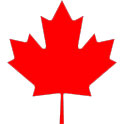 maple leaf
maple leaf
Connotation – as we have already discovered, it is a good idea to record whether a word has a positive or negative connotation. Do these words have a positive or a negative connotation?
strong-willed stubborn
Formality tables
More formal word |
Less formal word |
flexible / relaxed |
easy-going / laid back |
Word class – this is another way of recording words which have similar or overlapping meanings.

